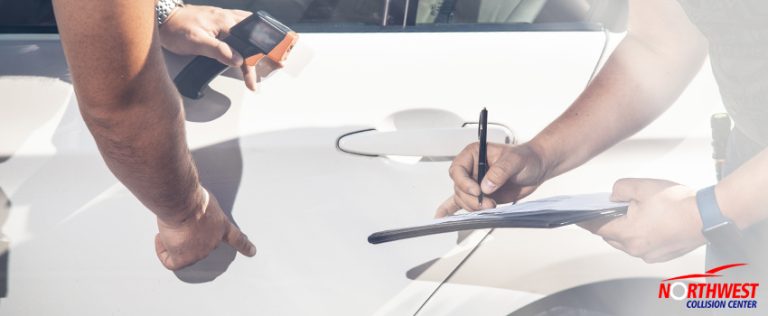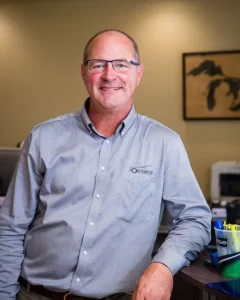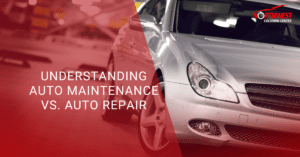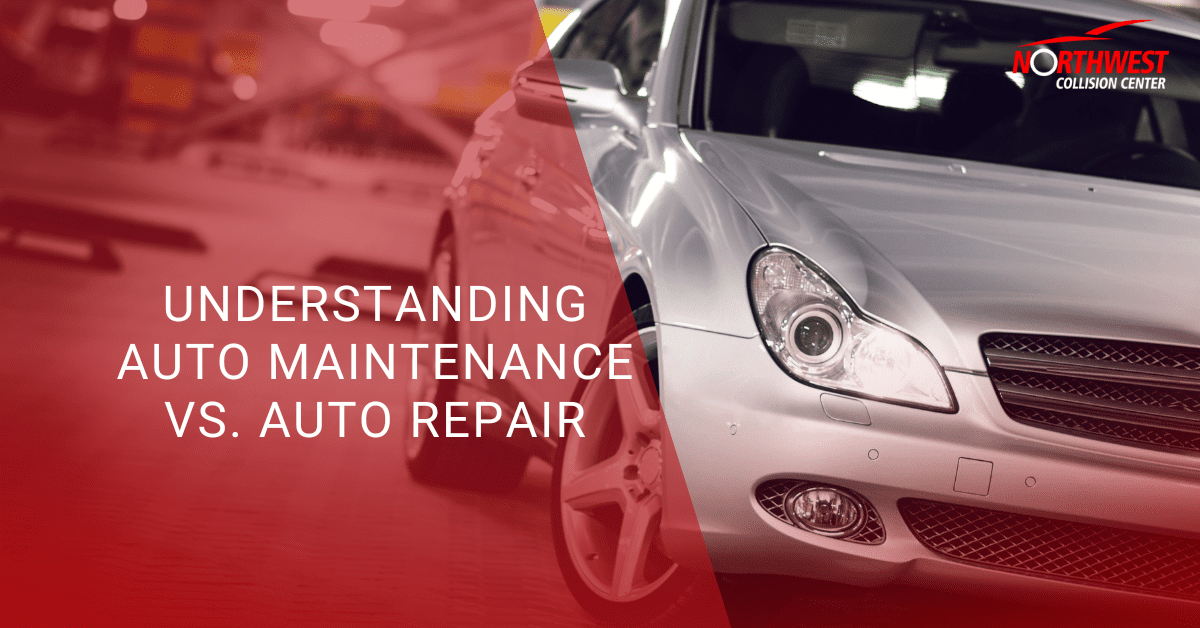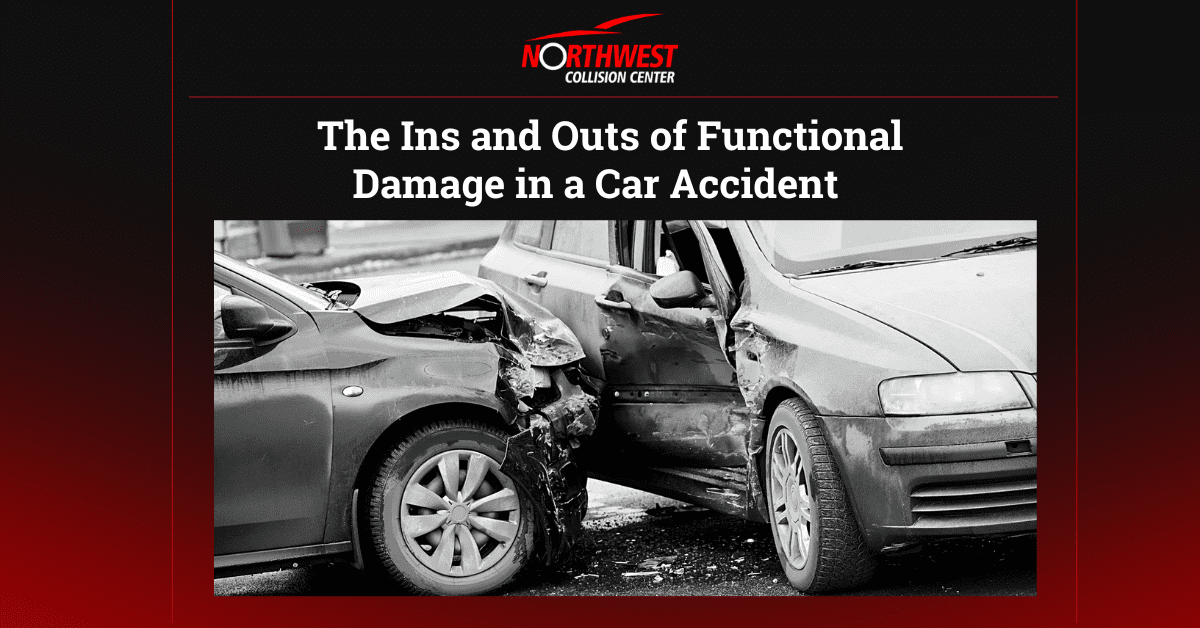According to statistics, the most common car colors are white, black, gray, and silver, while gold, yellow, and purple are the least popular ones. Regardless of the color, all cars are susceptible to auto paint defects.
If you’re wondering what the usual paint defects on cars are, you’ve come to the right place. We’ve outlined the most common auto paint defect examples for you.
If you’re ready, let’s get started!
Common Paint Defects on Cars
Regardless if you have an old or new car, paint defects can still occur. While some are unnoticeable, some can impair the overall look of your car. Here are some auto paint defect examples, along with ways to repair them:
1. Chipping
Chipping is one of the most challenging car paint defects to avoid. It is primarily due to objects, such as rocks, that come in contact with cars. It may need a touch-up or reapplication, depending on the chip size.
2. Clear Coat Defects
Cars have a clear coating to protect their surfaces from the sun’s harmful ultraviolet rays. This clear coat wears out when exposed to different external factors for long periods, causing clear coat defects that usually have a cloudy appearance. Sections with clear coat defects need sanding and repainting during repair work.
3. Blistering
Blistering, as the name suggests, is the blister-like defect you see on car surfaces. It is a result of having dirt or moisture on car surfaces before painting. The best way to rectify it is to sand down the existing paint and do a full repaint.
4. Dust Inclusion
One of the common new car paint defects is dust inclusion. It is the irregular lifting of paint due to a foreign matter, such as dust and dirt. Painting new cars requires surfaces to be free from debris, but there are times when they still get exposed to dust. Sanding and repainting are methods used to get rid of dust inclusion.
5. Holograms
Holograms are those micro scratches sustained by car surfaces, mainly due to buffing or touching. They are among the unnoticeable auto paint defect examples and only need a quick fix — polishing.
Identifying Other Paint Defects on Cars and How to Fix Them
The paint defects mentioned are only the most common ones. Here are also some of the other usual paint defects that car owners encounter:
1. Bleeding
Bleeding is the spot-like discoloration on car surfaces, usually in a reddish or yellowish hue. Often caused by too much peroxide in polyester body fillers, bleeding is similar to other auto paint defect examples, where you’ll need to sand down and repair the affected area to fix it.
2. Chalking
Chalking or powdering is due to the precipitation of elements within the paint. It can also be a result of exposure to severe ultraviolet radiation. To repair it, you’ll need to re-apply a high-gloss polish to the chalked area.
3. Clouding
Clouding appears in stripes or spots, mainly seen on metallic finishes due to uneven base coat application. When clouding occurs, you can try to apply a mist coat. If that doesn’t work, consider sanding and repainting.
4. Corrosion Creepback
Corrosion creepback is the irregular blister-like lifting you see on car surfaces. Improper preparation before painting and rust formation are two of its leading causes. Fixing it requires sandblasting, stripping, or sanding of the corroded area. The next steps involve cleaning and repainting.
5. Cracking
Cracking comes in varying depths and lengths caused by many things, such as insufficient curing, exposure to extreme ultraviolet radiation, and incompatible paint system. You can mend this defect by sanding and repainting the cracked area.
6. Cratering
Cratering ranges from flat depressions to serious wetting problems. While oil, silicone, wax, or grease residue is its most common cause, other things like improper additive usage can also contribute to its development. Like other auto paint defect examples, it also needs sanding and repainting.
7. Crinkling
Crinkling occurs when the lower paint layers of cars swell due to the application of new paint. It occurs due to excessively sanding down the sealing coats or insufficient time for the substrate layers to dry. The way to fix it is by sanding it down again — remember not to overdo it this time — and repainting.
8. Flaking
Flaking is the delamination of paint. It occurs when the surface for painting is improperly sanded and cleaned. To repair this defect, you’ll need to remove the entire paintwork and refinish it. Avoid using paint strippers as they contain chemicals that can damage car surfaces.
9. Industrial Fallout
Industrial fallouts are spots of rust or corrosion on paint surfaces. The iron particles that cause this defect come from soldering, welding, abrasive cutting, and sanding. The key to removing industrial fallouts is using a proven effective metal dust remover. If the iron particles are etched onto the surface of your car, consider sanding down the affected area and then finish by repolishing.
10. Adhesion Loss
Adhesion loss happens in two different ways. The first one develops when there’s insufficient adhesion between the entire paint system and the substrate, while the second develops when there’s insufficient adhesion between the individual coatings. Either way, adhesion loss can be caused by silicone, grease, oil, wax, sanding, rust residue, or using unsuitable primers. The first step to fixing this defect is to remove all the affected coats, sand down, clean the affected area, and then repaint.
Northwest Collision Center is Here to Help
At Northwest Collision Center, we provide top-notch car painting services for a wide variety of auto paint defects. We utilize the latest technologies, including digital color matching, to ensure precision and accuracy in our services. For any inquiries, contact us or visit our auto body repair shop in St. Petersburg, FL.

